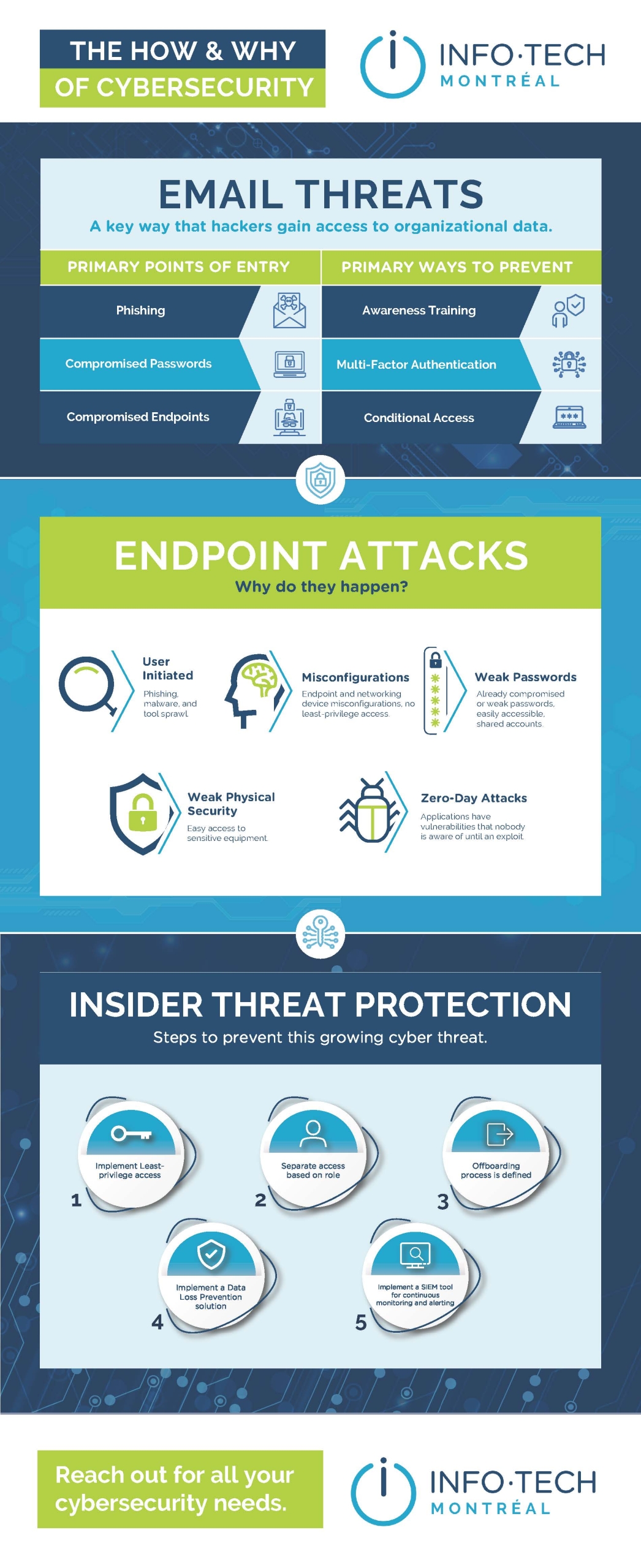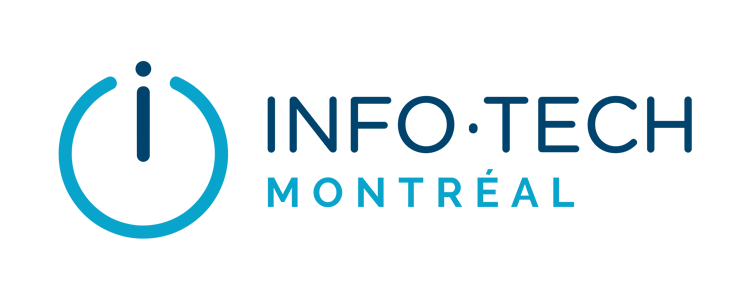Protect your Business: A Guide to Cybersecurity

Businesses are constantly exposed to a mounting number of threats from malicious cybercriminals. The potential risks and consequences of these threats are vast and far-reaching, encompassing not only sensitive data breaches but also compromising intellectual property and financial assets. As a result, it has become imperative for organizations and executives to recognize the utmost importance of prioritizing robust cybersecurity measures.
Executive Threats and Strategies
This article serves as a guide to help businesses and executives understand and combat some of the most common threats, and provides business cybersecurity strategies to stay safe in an ever-evolving digital world.
Vulnerable Out-of-Date Systems
Running outdated software or operating systems exposes businesses to known vulnerabilities that cybercriminals can exploit, leaving them susceptible to devastating cyber attacks and potential data breaches. To address this critical issue and enhance their cybersecurity state, businesses must take proactive measures such as:
Regular Updates: Establish a process for regularly updating software, operating systems, and firmware to ensure the latest security patches are applied.
Asset Inventory: Maintain an inventory of all systems and software used within the organization to track updates and identify vulnerable devices.
Patch Management: Utilize automated patch management tools to streamline the process of updating and securing systems, reducing the risk of overlooking critical updates.
Phishing Attacks
Phishing attacks are one of the most prevalent and deceptive methods employed by cybercriminals. These attacks involve tricking individuals into providing sensitive information or downloading malicious software by disguising as a trustworthy entity. To mitigate the risk of phishing attacks, companies should educate their employees about recognizing phishing attempts and implementing best practices such as:
Employee Training: Conduct regular training sessions to raise awareness about phishing techniques, suspicious emails, and the importance of verifying the legitimacy of requests for sensitive information.
Email Filters: Implement robust email filters that can identify and block suspicious emails. This will reduce the likelihood of employees falling victim to phishing attempts.
Two-Factor Authentication (2FA): Enable 2FA for all business accounts to add an extra layer of security and prevent unauthorized access.
Ransomware
To effectively mitigate the risk of falling victim to these devastating attacks, companies can implement a range of proactive measures aimed at fortifying their defenses and minimizing potential damage.
Data Backups: Ensure the safety of your critical data by implementing a routine backup schedule and securely storing it offsite or in the cloud. This ensures that even if data is compromised, it can be restored without paying the ransom.
Employee Awareness: Educate employees about the risks of clicking on suspicious links or downloading attachments from unknown sources, as these are common entry points for ransomware.
Network Segmentation: Segmenting networks can limit the impact of ransomware attacks, preventing the spread of the malware to critical systems or departments.
Malware
Malware refers to malicious software or code designed to disrupt computer operations, steal sensitive information, or gain unauthorized access. To protect against malware, businesses can employ the following strategies:
Antivirus Software: Install and regularly update reputable antivirus software across all devices to detect and eliminate malware threats.
Software Patching: Keep all software and operating systems up to date with the latest security patches. Promptly install updates to address vulnerabilities that can be exploited by malware.
User Permissions: Limit user permissions to prevent the execution of unauthorized software or the installation of potentially harmful applications.
Insider Threats
While external threats receive significant attention, it is essential to acknowledge that insider threats can be equally damaging. These threats involve employees or trusted individuals misusing their access privileges or intentionally leaking sensitive information. In order to address insider threats, business owners should implement the following strategies:
Access Controls: Implement strict access controls and user permissions to ensure that certain employees only have access to the data and systems required for their roles. Regularly review and update access privileges based on changing job responsibilities.
Employee Monitoring: Employ monitoring systems to detect and analyze employee behavior, flagging any suspicious activities that may indicate potential insider threats.
Regular Audits: Conduct periodic audits of user accounts and data access logs to identify any anomalies or unauthorized access attempts.
Safeguard Your Business with Robust Cybersecurity Measures
Protecting your business from cyber threats is a continuous effort that requires a comprehensive approach. By understanding and implementing strategies to combat phishing attacks, insider threats, malware, ransomware, and addressing vulnerable systems, businesses can significantly enhance their level of cybersecurity . Prioritizing employee education, implementing robust security measures, and staying vigilant are essential to safeguarding valuable assets and maintaining the trust of customers and stakeholders in today’s digital era.
Remember, cyber security is not an option; it is an imperative for the long-term success and survival of any business. Take action now to protect your business by partnering with a trusted cybersecurity provider like Info-Tech Montreal. Contact us to learn how we can fortify your defenses and secure your business from cyber threats.




